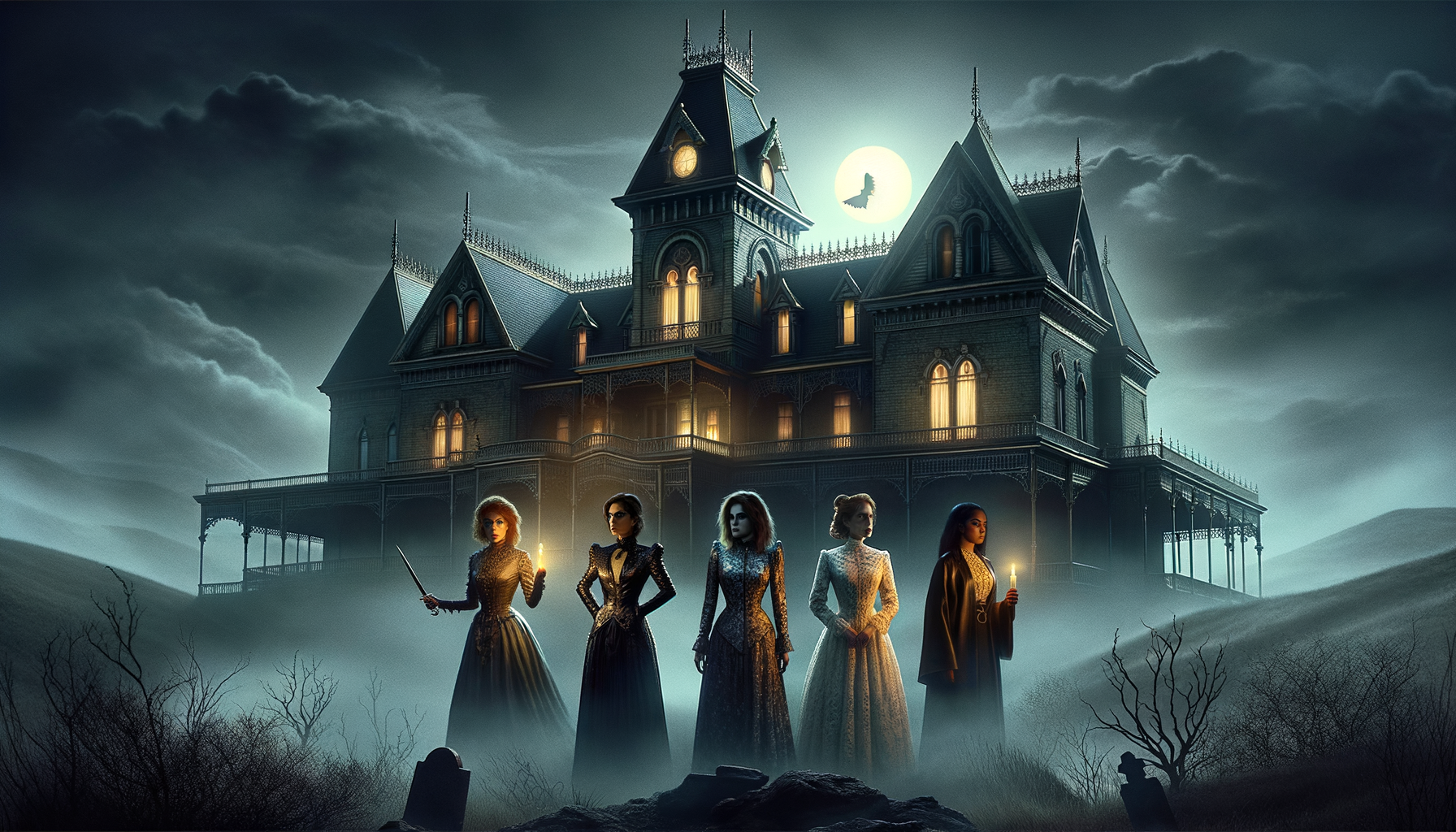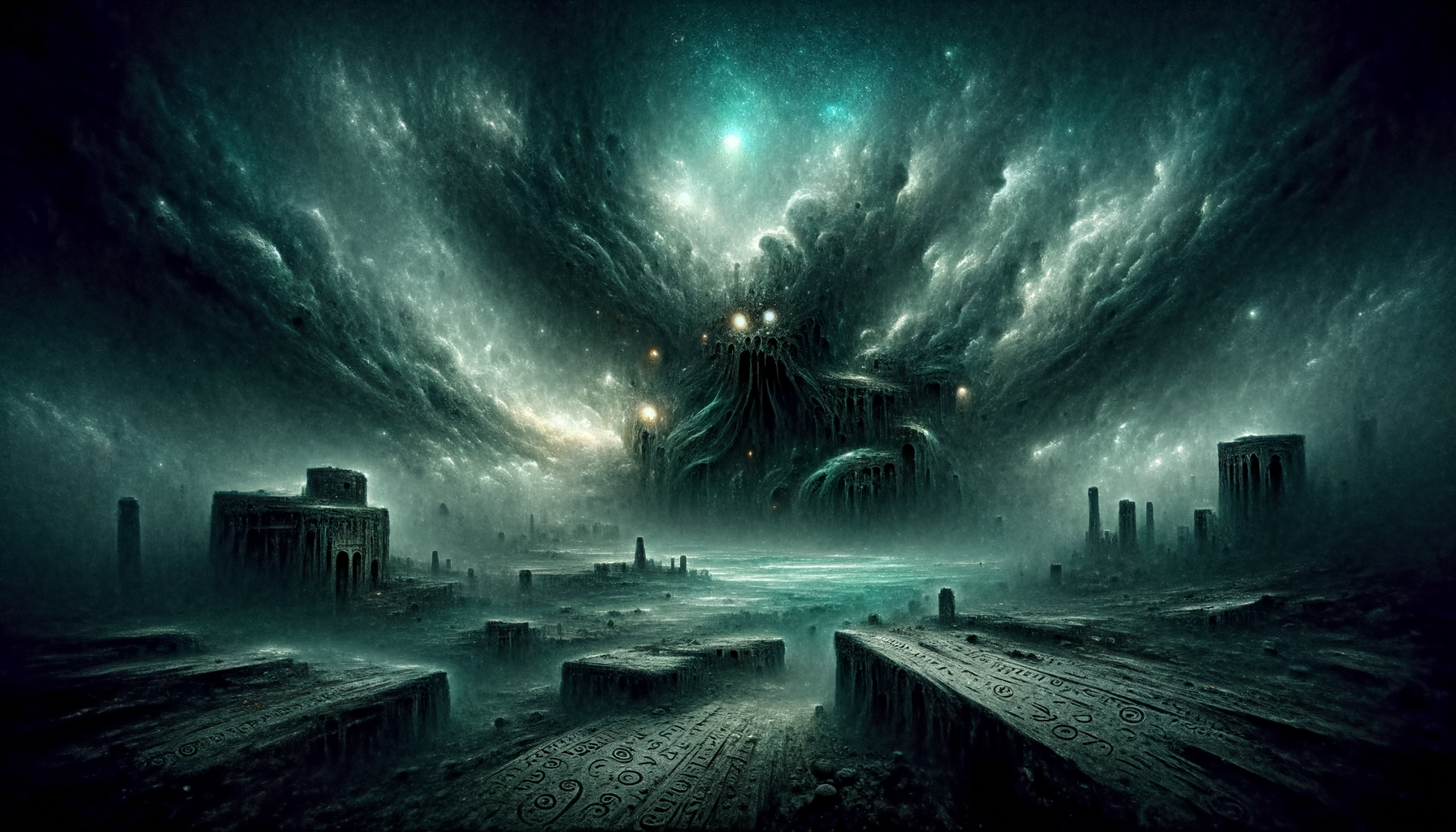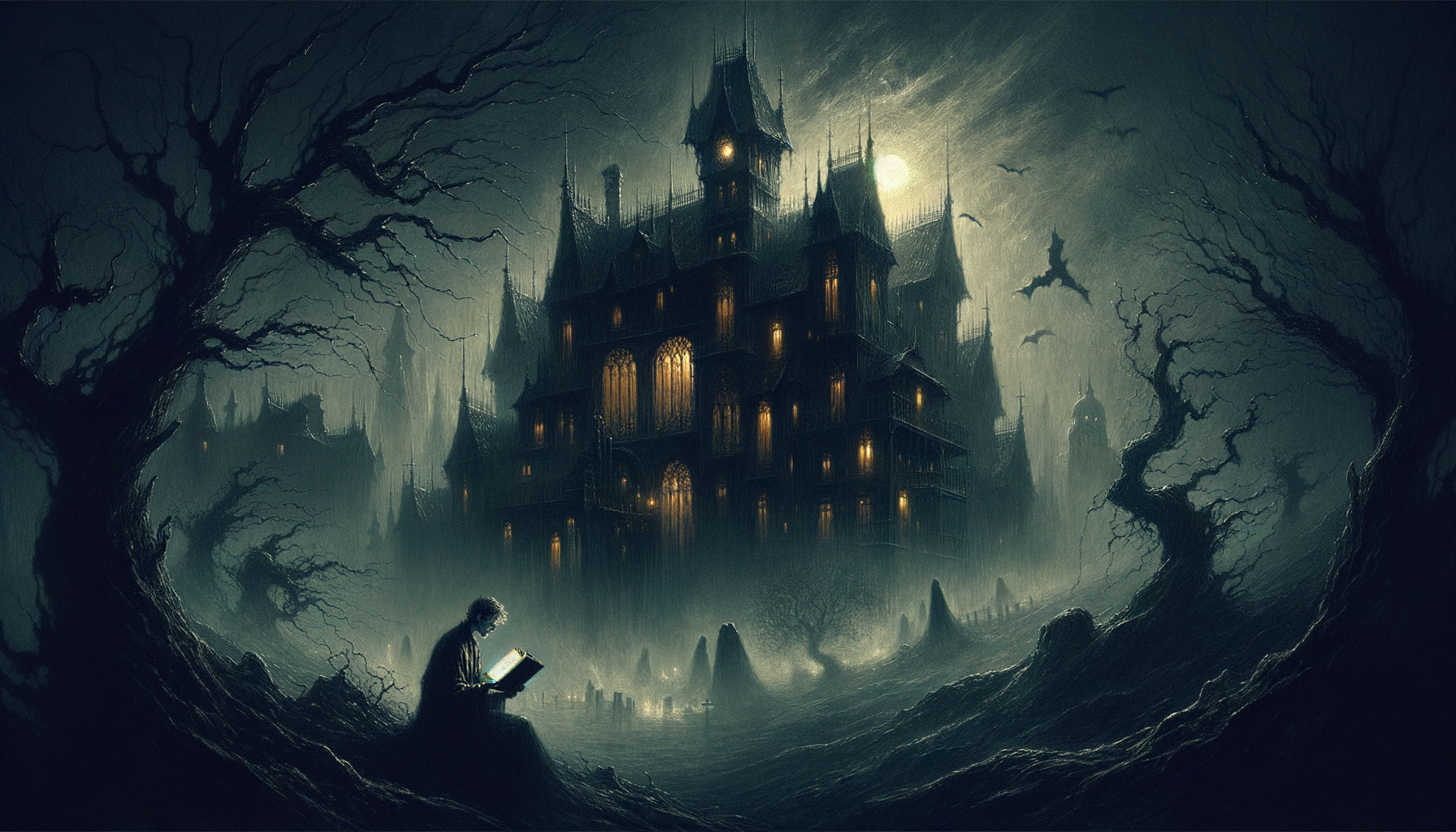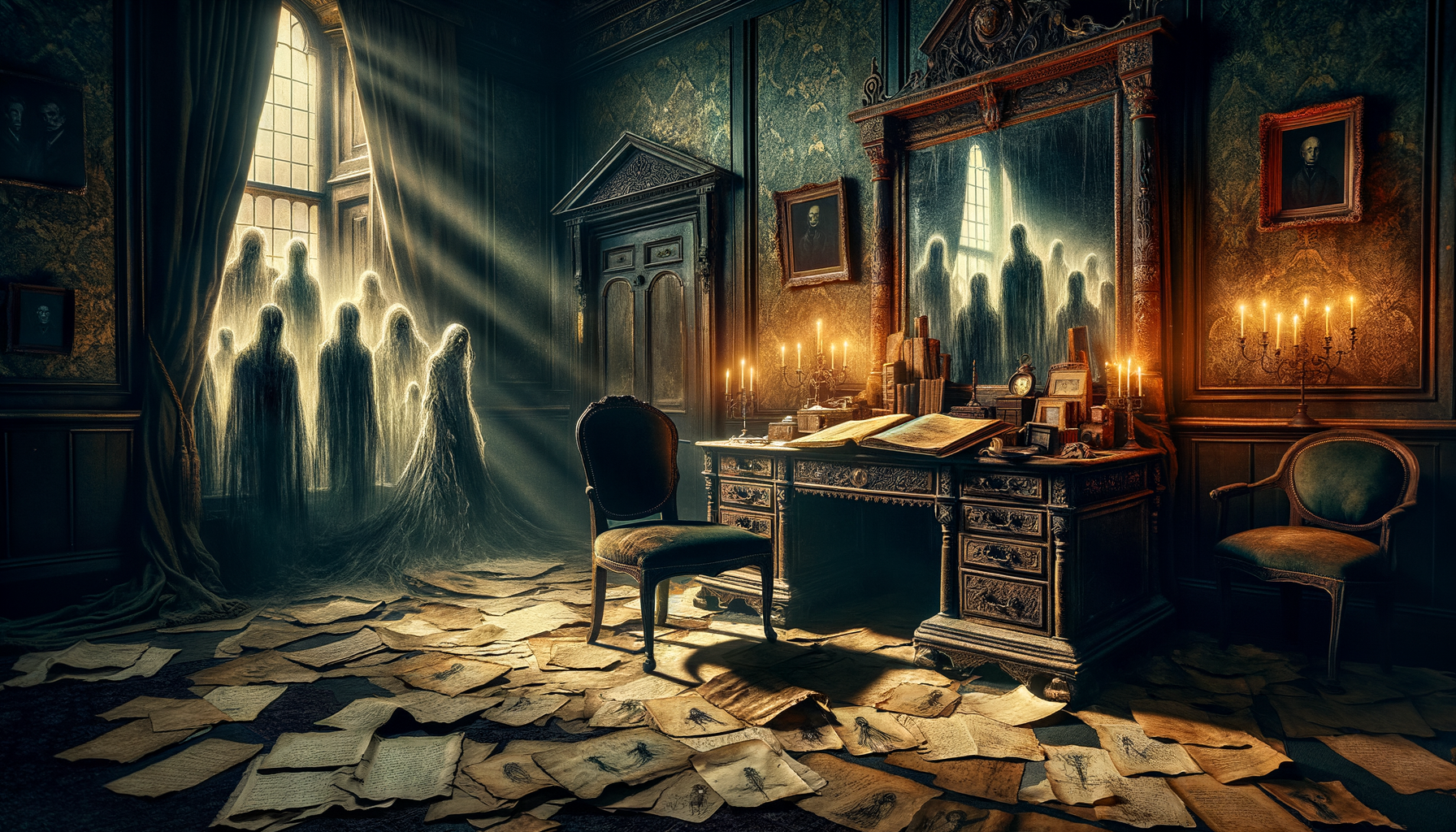Isn’t it fascinating how some of the scariest tales challenge societal norms? Classic horror films have long been a playground for exploring deep social issues, and feminism is no exception! From the controversial “final girl” trope to women transcending mere damsel-in-distress roles, feminist themes have crept their way into this genre in very compelling ways. Did you know that classic horror icons like “Psycho” and “Rosemary’s Baby” offer unique commentaries on gender dynamics? Let’s unravel how feminism has been depicted in these chilling yet empowering stories!
The Evolution of Female Roles in Classic Horror
Early Depictions
In the early days of horror cinema, female characters were often relegated to the role of the damsel in distress. These characters existed primarily to be rescued by male heroes, serving as symbols of purity and innocence that needed protection from the monstrous forces of the world. Classic examples include characters in films like “Dracula” (1931) and “Frankenstein” (1931), where women were often the passive victims of malevolent forces.
The Emergence of Strong Female Protagonists
As the genre evolved, so did the roles of female characters. The 1960s and 1970s saw the emergence of strong female protagonists who defied traditional gender roles. These women were no longer just victims; they were survivors and fighters. Characters like Laurie Strode in “Halloween” (1978) and Ellen Ripley in “Alien” (1979) challenged the status quo, showing that women could be just as resourceful and resilient as their male counterparts.
The ‘Final Girl’ Trope
One of the most significant developments in horror cinema is the “Final Girl” trope. This concept refers to the last woman standing at the end of a horror film, who confronts and often defeats the villain. Films like “Halloween” and “Friday the 13th” popularized this trope, making it a staple in the genre. The Final Girl is often characterized by her intelligence, moral fortitude, and resourcefulness, serving as a counter-narrative to the helpless damsel in distress.
Iconic Films and Feminist Themes
Psycho (1960)
Alfred Hitchcock’s “Psycho” introduced audiences to Marion Crane, a character who defied early horror conventions. Marion’s role is complex; she begins as a morally ambiguous character who steals money but meets a tragic end. Her murder in the infamous shower scene shocked audiences and subverted expectations, raising questions about female vulnerability and autonomy.
Rosemary’s Baby (1968)
“Rosemary’s Baby” delves into themes of pregnancy and autonomy, with Mia Farrow’s character, Rosemary, navigating a terrifying journey of bodily autonomy and trust. The film explores the anxieties surrounding motherhood and the lack of control women often feel over their own bodies, making it a poignant commentary on gender and power dynamics.
Carrie (1976)
Brian De Palma’s “Carrie” is a powerful exploration of bullying, puberty, and maternal control. Carrie White, portrayed by Sissy Spacek, is a young girl tormented by her peers and dominated by her religiously fanatic mother. The film’s climax, where Carrie uses her telekinetic powers to exact revenge, serves as a cathartic release of pent-up rage and a critique of societal pressures on young women.
Subversion of Gender Norms
Male-Female Dynamics
Classic horror films often portrayed power struggles between genders, with male characters typically holding positions of authority. However, as the genre progressed, these dynamics began to shift. Films started to explore more nuanced relationships, highlighting the complexities and tensions between male and female characters.
Villainous Women
The portrayal of female antagonists in horror films has been significant in subverting traditional gender norms. Characters like Annie Wilkes in “Misery” (1990) and Alex Forrest in “Fatal Attraction” (1987) are not just evil for the sake of being evil; they are complex characters with motivations, fears, and desires. These portrayals challenge the notion that women are inherently passive or nurturing.
Reclaiming the Narrative
In many classic horror films, female characters reclaim their power and agency by the end of the story. Whether it’s through defeating the villain or surviving against all odds, these characters rewrite their narratives, showcasing resilience and strength. This reclamation serves as a powerful statement against the traditional portrayal of women in cinema.
Feminist Commentary in Cult Classics
Night of the Living Dead (1968)
George A. Romero’s “Night of the Living Dead” features Barbara, a character who undergoes a significant transformation. Initially portrayed as a helpless victim, Barbara evolves into a more assertive and capable character, challenging the gender norms of the time and reflecting the changing attitudes towards female empowerment.
Suspiria (1977)
Dario Argento’s “Suspiria” is a fascinating study on female hierarchy and covens. The film’s all-female cast navigates a world of supernatural terror, with themes of power, control, and solidarity playing central roles. The portrayal of a matriarchal society within the coven subverts traditional gender dynamics and offers a unique perspective on female relationships.
Alien (1979)
Ellen Ripley, the protagonist of “Alien,” is often hailed as an ultimate feminist icon in horror. Ripley’s character breaks away from the traditional gender roles, displaying leadership, bravery, and intelligence. Her ability to confront and overcome the alien threat positions her as a symbol of female empowerment in a genre often dominated by male heroes.
Critical Reception and Cultural Impact
Scholarly Perspectives
Academic views on feminist themes in classic horror have evolved over the years. Scholars have analyzed these films through various lenses, including feminist theory, psychoanalysis, and cultural studies. These analyses have highlighted the ways in which horror films reflect and challenge societal attitudes towards gender and power.
Public Reaction
The public reaction to feminist themes in horror films has been varied. While some audiences have embraced these themes, others have resisted them, preferring traditional narratives. However, the growing acceptance and popularity of films with strong female protagonists indicate a shift in audience preferences and a greater appreciation for diverse storytelling.
Legacy and Influence
The feminist themes in classic horror films have had a lasting impact on contemporary horror cinema. Modern horror films continue to explore complex female characters and subvert traditional gender norms. The legacy of these classic films is evident in the continued evolution of the genre, reflecting changing societal attitudes towards gender and empowerment.
Conclusion
Classic horror films aren’t just about jump scares and gory scenes; they are rich, complex tapestries that offer deep social commentaries, especially on gender roles. From the evolution of female characters who broke the mold to films that boldly discussed themes of autonomy and power, feminism in classic horror has undergone a captivating transformation. Whether you’re a longtime fan or a newcomer to the genre, it’s worth revisiting these timeless films with a fresh lens. Feeling inspired? Dive into a classic horror movie tonight and see which feminist themes you can spot!




